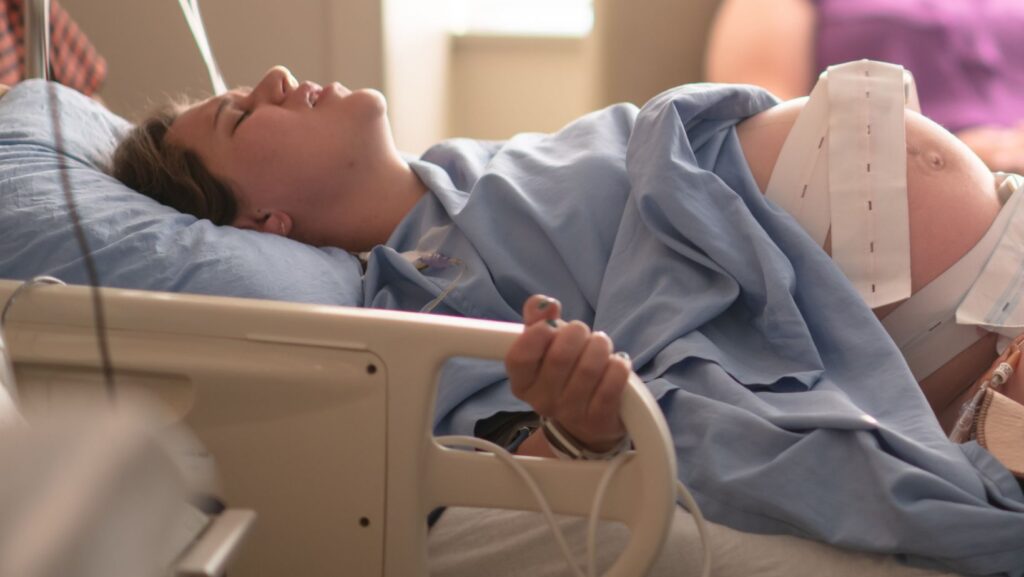The birth of a child is a moment filled with hope and joy, but it can also be fraught with unexpected complications. Sometimes, the difficulties encountered during labor and delivery are unavoidable natural complications, while other times, they may result from preventable medical errors. Understanding the differences between birth injuries and natural complications is crucial for parents who are navigating this difficult experience. Being informed can help parents make the best decisions for their child’s care and future.
Distinguishing between these two scenarios is not always easy. Medical terminology and the complexity of childbirth can make it hard to determine whether an outcome was unavoidable or if negligence was involved. However, knowing the distinctions can empower parents to seek the appropriate medical and legal recourse if necessary. In cases of uncertainty, consulting with medical experts can provide further clarity and guidance.
What Are Natural Complications?
Natural complications are issues that arise during childbirth that occur despite the best efforts of medical professionals. These complications can be due to factors such as the baby’s position, the size of the baby relative to the mother’s pelvis, or pre-existing conditions affecting the mother or child. Conditions like prolonged labor or a nuchal cord (when the umbilical cord is wrapped around the baby’s neck) often fall under this category.
In many cases, these complications can be managed with timely medical intervention, but they still carry inherent risks. Even when every medical guideline is followed, some births result in challenges that are simply beyond human control. Understanding that not all complications are preventable is important, but it doesn’t mean that all adverse outcomes should be accepted without question.
Defining Birth Injuries
Birth injuries, on the other hand, are typically caused by medical errors or a failure to follow proper procedures. Examples include improper use of forceps, failure to monitor fetal distress, or delayed decisions regarding a C-section. These injuries can lead to lifelong disabilities such as cerebral palsy, nerve damage, or brain trauma.
Unlike natural complications, birth injuries may warrant an investigation into the quality of medical care provided during labor and delivery. Parents who suspect medical negligence may need to consult a birth injury attorney to understand their legal options. When medical professionals fail to uphold the standard of care, they can be held accountable for the harm caused.
The Gray Area: When Complications Become Injuries
There is often a gray area between natural complications and preventable birth injuries. For example, a difficult labor may lead to complications that require skilled medical intervention to prevent injury. If a doctor delays this intervention or makes a poor decision, a natural complication could escalate into a birth injury.

The challenge lies in proving whether the outcome was a result of unavoidable circumstances or medical negligence. Medical experts may be needed to review the case and determine if the healthcare provider acted within the acceptable standard of care. This gray area is where many legal disputes arise, making it critical for parents to understand their rights.
Types of Birth Injuries You Should Know About
Birth injuries can take many forms, often with lasting impacts on a child’s health and well-being. Here are some of the most common types:
- Brachial Plexus Injuries: These injuries occur when excessive force during delivery damages the nerves in a baby’s arm and shoulder, potentially leading to long-term mobility issues.
- Oxygen Deprivation: Lack of oxygen during birth can result in severe neurological damage, affecting brain function and development, if not treated immediately.
- Fractures: Bone fractures, such as a broken clavicle, may occur during difficult deliveries and often require specialized medical care for proper healing.
- Skull Injuries: Trauma to the baby’s skull can result from improper delivery techniques and may cause serious complications that require ongoing medical attention.
- Facial Nerve Damage: Pressure on the baby’s face during delivery can damage facial nerves, potentially affecting muscle function and requiring therapeutic interventions.
- Neurological Damage: Conditions stemming from birth trauma, such as cerebral palsy, may significantly affect the child’s quality of life, highlighting the need for early diagnosis and treatment.
Natural Complications That Are Often Misunderstood
Certain natural complications are frequently misunderstood or mistakenly attributed to medical errors. Shoulder dystocia, for example, is a condition where the baby’s shoulder gets stuck behind the mother’s pelvic bone during delivery. While this can be a frightening experience, it doesn’t always mean that the healthcare provider acted negligently.
However, even in these scenarios, the response of the medical team is critical. Timely and appropriate actions can minimize the risk of long-term injury to the baby or mother. Parents should be aware that while some outcomes are unavoidable, there are instances where medical errors exacerbate these natural challenges.
The Significance of Keeping Detailed Medical Records
Medical records play a vital role in determining whether a birth injury was preventable or the result of natural complications. Detailed documentation can reveal the timeline of events, the decisions made by healthcare providers, and any signs of fetal distress. These records are essential for any legal investigation into potential medical malpractice.

Having a clear and accurate account of what transpired during labor and delivery is crucial for both healthcare professionals and parents. In cases of suspected negligence, medical records can be reviewed by experts to establish whether the standard of care was met. This underscores the importance of hospitals maintaining thorough and transparent documentation.
The Importance of Pursuing Justice and Getting Support
For families dealing with the aftermath of a birth injury, the path to healing often involves both medical and legal support. Seeking justice is not only about compensation but also about holding healthcare providers accountable and preventing similar incidents in the future. A knowledgeable birth injury attorney can guide parents through the complexities of their case.
Support groups and counseling services can also provide emotional relief during this difficult time. Connecting with other families who have gone through similar experiences can offer comfort and practical advice. Understanding that you are not alone in this journey can be a crucial step toward emotional recovery.


